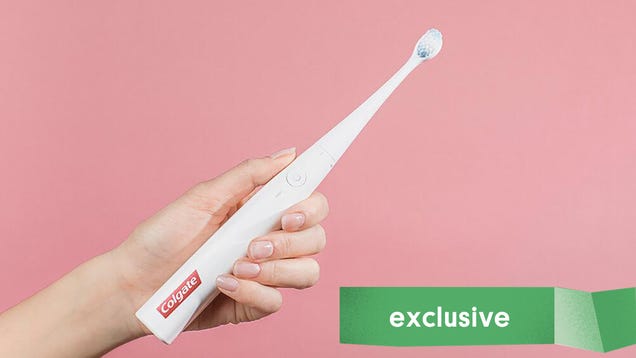
The NBA restart is slipping further and further away from grasp — and no, Kyrie Irving, is not the scapegoat here.
The NBA laid out a restart plan on May 23rd, with a head scratcher “basketball bubble” in the heart of Disney World. The plan came with anticipated scrutiny from players, given the fact there is an airborne respiratory virus floating around that has taken the lives of over 115,000 Americans – COVID19.
The players agreed to the restart plan on June 5 but a huge piece of the puzzle is still not known — even after Irving, the NBAPA vice president, brought up his concerns last week.
How are they going to keep players safe and healthy in spite of COVID-19 running rampant across this country — and more specifically in Orlando, Fla., which reached another record of positive cases on June 14 with 193?
There is no clear strategy of how coaches and players (as well as a select few family members and media) will be physically able to mitigate the virus at a Disney resort “hoop bubble” if it seeps in through the cracks.
More questions came. If the virus can’t be kept out, what would testing look like? How routine would it be?
And the big question: Is this even safe to execute in the middle of a global pandemic?
A new development emerged Monday with The Athletic’s Shams Charania reporting that players and coaches will be required to fill out a “medical history questionnaire,” which will inform team physicians how involved players should be or if they should even show up in Orlando at all.
From what we know about the virus, if a person has asthma, or any other underlying health condition, like a history of cardiovascular disease, they are 12 times more likely to die from COVID-19 once they catch it.
Even if the NBA monitors who comes in and out of their living quarters for two months, there is no way that the league will be able to trace every individual’s physical interactions over two months. Most of the country hasn’t instituted contact tracing for the virus, and it seems the NBA hasn’t even thought that far ahead to understand this is not an AAU tournament with middle school and high school children.
These are grown adults that the league believes it can essentially trap in a hotel for months.
Even looking at the WNBA 22-game season that will take place at IMG Academy in Bradenton, Fla., only 77 percent of players agreed to their similarly structured ‘player bubble.’ Players can bring their families and a sitter will be on hand to watch the little ones. The WNBA is still working with medical experts to determine how this would work and most importantly how routine testing would be.
Once again, there is a pandemic going on. How does a league agree to a plan to return to play when there are still no safety protocols in place? Not to mention the location both of these leagues chose to play is Florida, which happens to be a COVID-19 hot spot right now in the U.S. Just yesterday, the state recorded its highest confirmed cases since the pandemic began with 2,783.
When Kyrie said last week this “smells fishy,” with the racial climate we are in as well as COVID-19, this is not the environment to be playing in. And the NBA owners have shown no interest in showing up to the tournament in Florida.
Understandably, some players want to vie for a title and/or earn the remainder of their salary for the season. But why walk into the lions’ den and pray not to be eaten when you could simply avoid the encounter all together?
If the restart doesn’t happen, the NBA would be back as soon as October, roughly four months from now. No one knows if the U.S. will have a better hold of the virus by then, but there would be more time to actually consult with medical and health experts to come up with a tangible plan for COVID-19.
Let’s not forget, the NBA freaked out when Rudy Gobert caught the virus back in March. If a player catches this virus in Florida, the NBA plans could go up in flames immediately.













